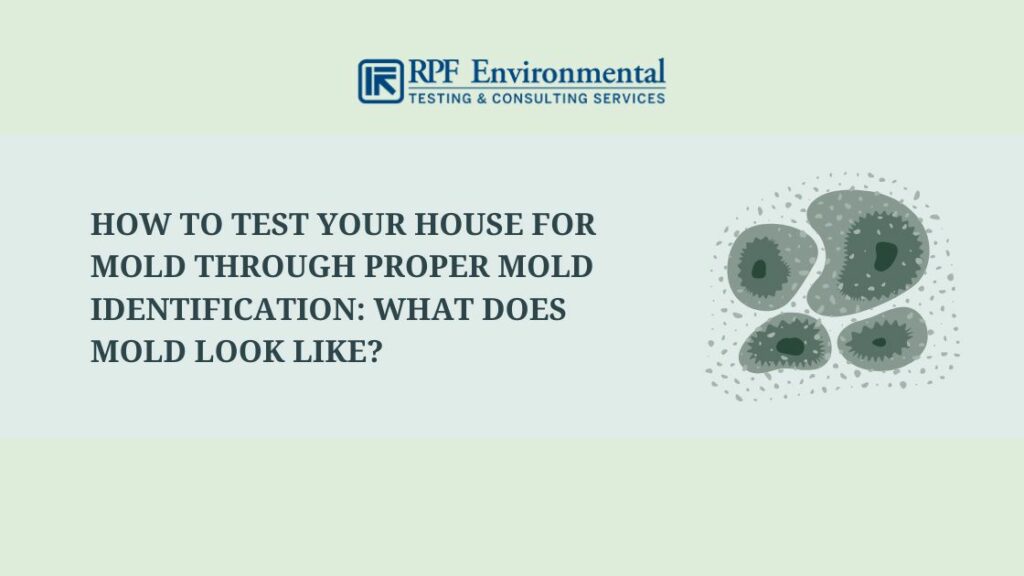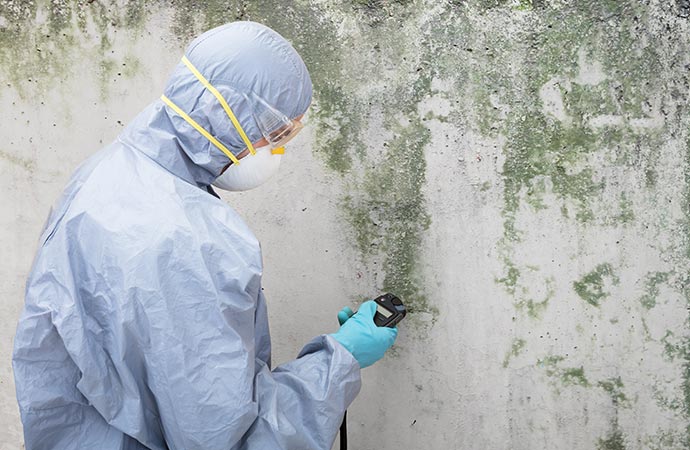Picking the Right Mycotoxin testing Services for Your Company
Picking the Right Mycotoxin testing Services for Your Company
Blog Article
Just How Mycotoxin Testing Assists Stop Contamination and Guard Food Supplies

Mycotoxin testing is a vital method in the food market, acting as a frontline defense versus contamination by unsafe contaminants created by molds. Via the application of advanced techniques like High-Performance Fluid Chromatography (HPLC) and Fluid Chromatography-Mass Spectrometry (LC-MS), food manufacturers can precisely spot and quantify mycotoxin levels in farming products. This aggressive technique not only ensures conformity with strict safety guidelines but additionally alleviates health threats to consumers. Furthermore, normal testing strengthens brand reputation and monetary health by minimizing contamination-related incidents. So, just how exactly do these screening protocols integrate right into the broader food security technique?
Recognizing Mycotoxins
Recognizing mycotoxins starts with identifying that they are hazardous second metabolites created by specific molds, which can pollute agricultural products. These metabolites are not vital for the growth or reproduction of the fungi but can have extreme effects for animal and human health and wellness. Mycotoxins are typically located in staple plants such as corn, wheat, barley, and nuts, where they can multiply under particular conditions of moisture and temperature level.
There are numerous kinds of mycotoxins, each created by different fungal species. Aflatoxins, generated by Aspergillus species, are amongst one of the most infamous, known for their carcinogenic buildings. One more considerable team consists of ochratoxins, produced by Aspergillus and Penicillium types, which have nephrotoxic results. Fusarium varieties generate trichothecenes and fumonisins, both of which are linked with different acute and persistent health and wellness issues.

Risks of Mycotoxin Contamination
The dangers of mycotoxin contamination are complex, posturing considerable threats to both food safety and public health. Mycotoxins, poisonous substances generated by certain kinds of fungi, can infect a wide variety of farming items including cereals, nuts, spices, dried fruits, and coffee.
Financial effects are one more significant problem. Infected plants can result in significant financial losses for farmers and food producers as a result of decreased returns and the demand for expensive decontamination steps. Global profession can be significantly impeded as countries implement rigorous mycotoxin regulations to protect their populations, leading to declined deliveries and stretched profession relationships.
Ecological elements such as environment modification worsen the threat of mycotoxin contamination. Variants in temperature level and moisture can create beneficial conditions for fungal growth, boosting the likelihood of contamination occasions. Hence, understanding and mitigating these dangers are vital for making certain the safety and security and honesty of international food products.
Approaches of Mycotoxin Checking
Accurately identifying mycotoxin contamination in farming items is crucial for safeguarding public wellness and keeping food security requirements. Different methods are utilized to his response discover and measure mycotoxins, each offering particular advantages and limitations.
High-Performance Fluid Chromatography (HPLC) is a commonly utilized method due to its high level of sensitivity and precision. It involves separating mycotoxins from various other materials in a sample, enabling exact metrology. Similarly, Fluid Chromatography-Mass Spectrometry (LC-MS) integrates liquid chromatography with mass spectrometry to provide thorough molecular info, making it especially useful for recognizing several mycotoxins at the same time - Mycotoxin testing Services.

Gas Chromatography-Mass Spectrometry (GC-MS) and Thin-Layer Chromatography (TENDER LOVING CARE) are additionally used, each with one-of-a-kind applications. GC-MS works for unstable mycotoxins, while tender loving care provides a less complex, cost-effective choice for initial testing.
Benefits of Regular Testing
Normal screening for mycotoxins in agricultural products uses various benefits, significantly adding to public wellness and food security. By identifying contamination early, normal screening assists prevent the circulation of hazardous foods, consequently lowering the danger of mycotoxin-related diseases among customers. This proactive approach not just safeguards human health and wellness but additionally enhances the overall high quality of food materials.
Different countries and areas have actually developed rigorous limits for mycotoxin degrees in food and feed. Sticking to these limits through routine screening ensures that distributors and producers satisfy lawful requirements, consequently staying clear of penalties and trade barriers.
Furthermore, routine mycotoxin screening can bring about significant economic benefits. Early detection of contamination permits prompt treatment, lowering potential losses from widespread contamination. Executing routine testing procedures can likewise lessen recall expenses and relevant liabilities, which can be economically ravaging.
Moreover, routine testing supplies useful data that can notify much better agricultural practices and storage conditions. By understanding patterns of contamination, producers can adopt safety nets, thereby lowering future threats and adding to the sustainability of the food supply chain.
Executing Testing Protocols
Carrying out reliable mycotoxin testing protocols is essential for guaranteeing the safety and top quality of farming products. Establishing a durable testing framework entails multiple key actions, starting with the identification of possible contamination points within the production and supply chain. This consists of pre-harvest, internet post-harvest, storage, and distribution stages. Each phase must be looked at to identify where mycotoxin contamination is probably to occur.
Once essential control factors are identified, choosing appropriate screening methods is necessary. Common strategies include enzyme-linked immunosorbent assay (ELISA), high-performance fluid chromatography (HPLC), and mass their explanation spectrometry (MS) Each method has its toughness and weaknesses; therefore, picking the appropriate one relies on the specific mycotoxin being examined, the required sensitivity, and available sources.

Finally, integrating the screening protocols right into a detailed food safety monitoring system is a good idea. This enhances traceability and allows swift rehabilitative actions when contamination is identified, thus safeguarding the stability of the food supply chain.
Conclusion
Mycotoxin screening is crucial in preventing contamination and protecting food materials by allowing early detection of unsafe toxins produced by molds in agricultural products. Regular testing enhances brand credibility, financial stability, and count on in food safety by reducing contamination-related losses and preserving high standards in food production.
Mycotoxin testing is a vital method in the food market, serving as a frontline defense against contamination by harmful toxins generated by mold and mildews. An incorporated technique including agricultural methods, storage management, and normal screening can alleviate the risks linked with mycotoxin contamination, making sure food security and public health.
The threats of mycotoxin contamination are complex, presenting considerable risks to both food safety and public health.Normal testing for mycotoxins in agricultural items uses various advantages, dramatically adding to public health and food safety and security.Mycotoxin screening is important in preventing contamination and guarding food materials by allowing very early detection of harmful contaminants created by mold and mildews in agricultural items.
Report this page